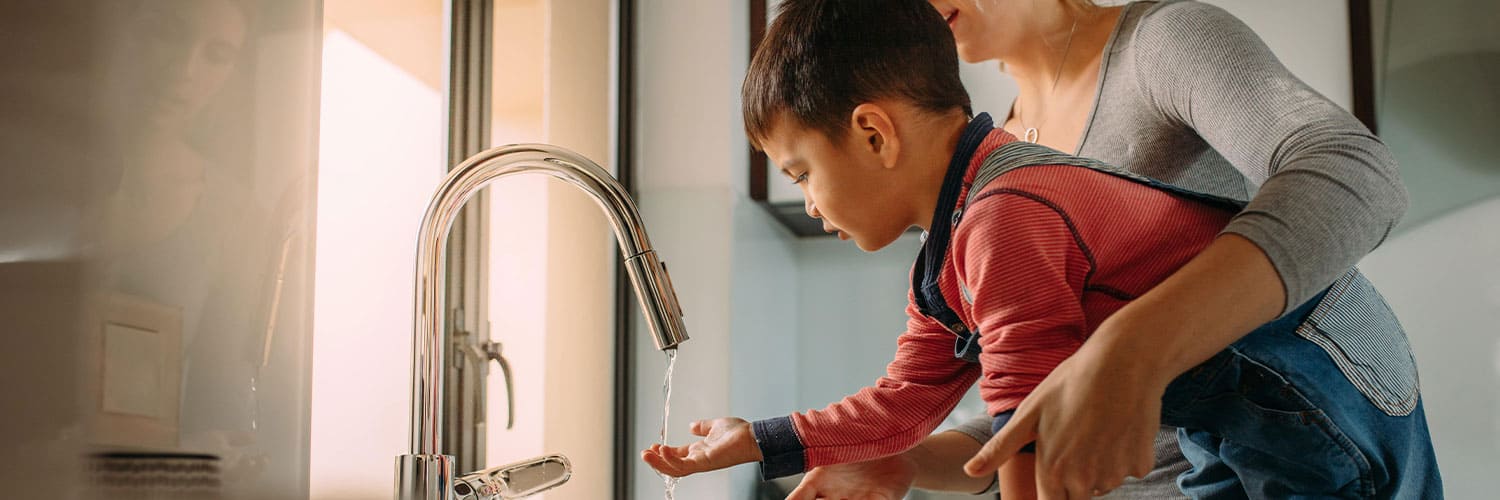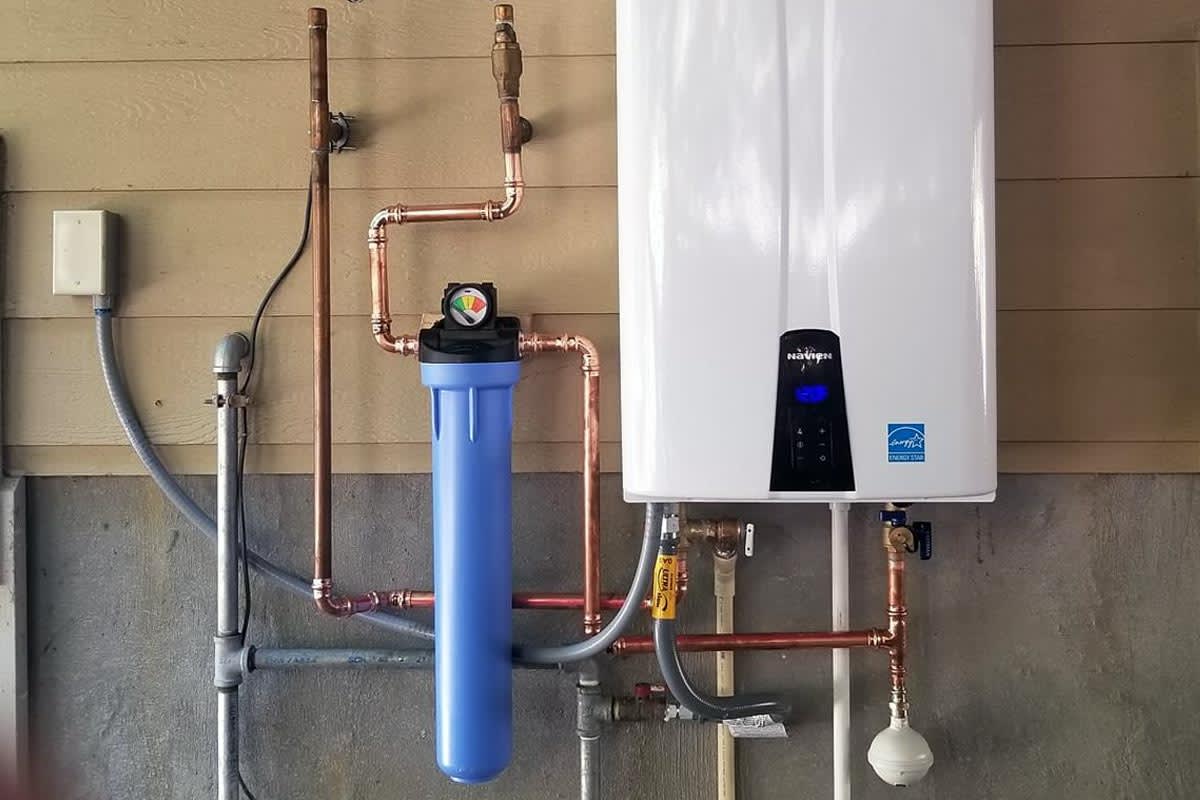Simple Steps to Caring for Your Home's Hot Water SystemEssential Tips on Maintaining Your Home's Hot Water System
Simple Steps to Caring for Your Home's Hot Water SystemEssential Tips on Maintaining Your Home's Hot Water System
Blog Article
In this article below you will discover more worthwhile points around How to Maintain Your Water Heater & Prolong its Life.

Hot water is crucial for everyday comfort, whether it's for a revitalizing shower or washing meals. To guarantee your hot water system runs effectively and lasts much longer, regular maintenance is crucial. This write-up supplies sensible suggestions and understandings on how to keep your home's hot water system to prevent disturbances and expensive fixings.
Introduction
Keeping your home's warm water system might appear daunting, but with a few easy actions, you can ensure it operates efficiently for years ahead. This guide covers whatever from recognizing your hot water system to do it yourself upkeep suggestions and recognizing when to hire expert aid.
Importance of Maintaining Your Hot Water System
Routine upkeep not only prolongs the life-span of your hot water system however additionally guarantees it operates effectively. Ignoring upkeep can result in reduced performance, higher energy expenses, and also early failure of the system.
Indications Your Warm Water System Demands Maintenance
Understanding when your warm water system requires focus can avoid major concerns. Keep an eye out for signs such as inconsistent water temperature level, unusual noises from the heating unit, or rustic water.
Recognizing Your Warm Water System
Before diving into maintenance tasks, it's practical to recognize the basic components of your hot water system. Usually, this consists of the hot water heater itself, pipes, anode poles, and temperature level controls.
Monthly Upkeep Tasks
Normal month-to-month checks can help catch minor issues before they intensify.
Flushing the Water Heater
Flushing your hot water heater eliminates debris build-up, boosting effectiveness and prolonging its life.
Checking and Replacing Anode Rods
Anode rods prevent corrosion inside the tank. Examining and replacing them when worn out is essential.
Examining and Changing Temperature Settings
Adjusting the temperature settings ensures optimal efficiency and safety and security.
Do It Yourself Tips for Upkeep
You can do a number of maintenance tasks yourself to keep your warm water system in top condition.
Checking for Leaks
Regularly inspect pipes and connections for leaks, as these can cause water damages and greater expenses.
Evaluating Pressure Relief Valves
Examining the stress safety valve ensures it functions correctly and protects against too much pressure buildup.
Insulating Pipelines
Protecting hot water pipelines lowers warmth loss and can conserve energy.
When to Call a Professional
While do it yourself upkeep is advantageous, some issues call for expert competence.
Complicated Issues Calling For Expert Help
Instances consist of major leakages, electrical issues, or if your water heater is continually underperforming.
Regular Professional Upkeep Perks
Professional upkeep can consist of comprehensive inspections, tune-ups, and making sure compliance with safety and security requirements.
Verdict
Routine upkeep of your home's hot water system is vital for efficiency, long life, and cost financial savings. By complying with these pointers and understanding when to seek expert help, you can make certain a reliable supply of warm water without unexpected interruptions.
How to Maintain an Instant Hot Water Heater
Before tinkering with your hot water heater, make sure that it’s not powered on. You also have to turn off the main circuit breaker and shut off the main gas line to prevent accidents. Also turn off the water valves connected to your unit to prevent water from flowing into and out of the appliance. 2. When you’re done, you have to detach the purge valves’ caps. These look like the letter “T” and are situated on either side of the water valves. Doing so will release any pressure that has accumulated inside the valves while at the same time avoid hot water from shooting out and burning your skin. 3. When the purge valves’ caps are removed, you have to connect your hosing lines to the valves. Your unit should have come with three hoses but if it didn’t, you can purchase these things from any hardware or home repair shops. You can also get them from retail stores that sell water heating systems. Read the user’s manual and follow it to complete this task properly. When the hosing lines are connected, open the purge port’s valves. 4. You should never use harsh chemical cleaners or solutions when cleaning your unit. Make use of white vinegar instead. It should be undiluted and you’ll probably use about 2 gallons. 5. Now flush your water heater. This task should probably take about 40 minutes. We can’t give you specific directions for this because the procedure is carried out depending on the type, model and brand of your heater. With that being said, refer to the user’s manual. 6. When you’re done draining the unit, you have to turn off the purge port valves again. Remove the hosing lines that you earlier installed on each of the water valves. Put the valve caps (purge port) back in their respective places and be very careful so as not to damage the rubber discs that are found inside these caps. 7. Now that everything’s back in place, check your user’s manual again to find out how to reactivate your water heating system. 8. Once it is working, turn one of your hot water faucets on just to let air pass through the heater’s water supply pipes. Leave the tap on until water flows smoothly out of it. https://www.orrplumbing.com/blog/2014/september/how-to-maintain-an-instant-hot-water-heater/

I'm certainly very occupied with How to Maintain a Hot Water Heater in a Few Simple Steps and I'm hoping you appreciated the blog entry. Sharing is good. One never knows, you might be doing someone a favor. We enjoy your readership.
Request Free Estimate Report this page